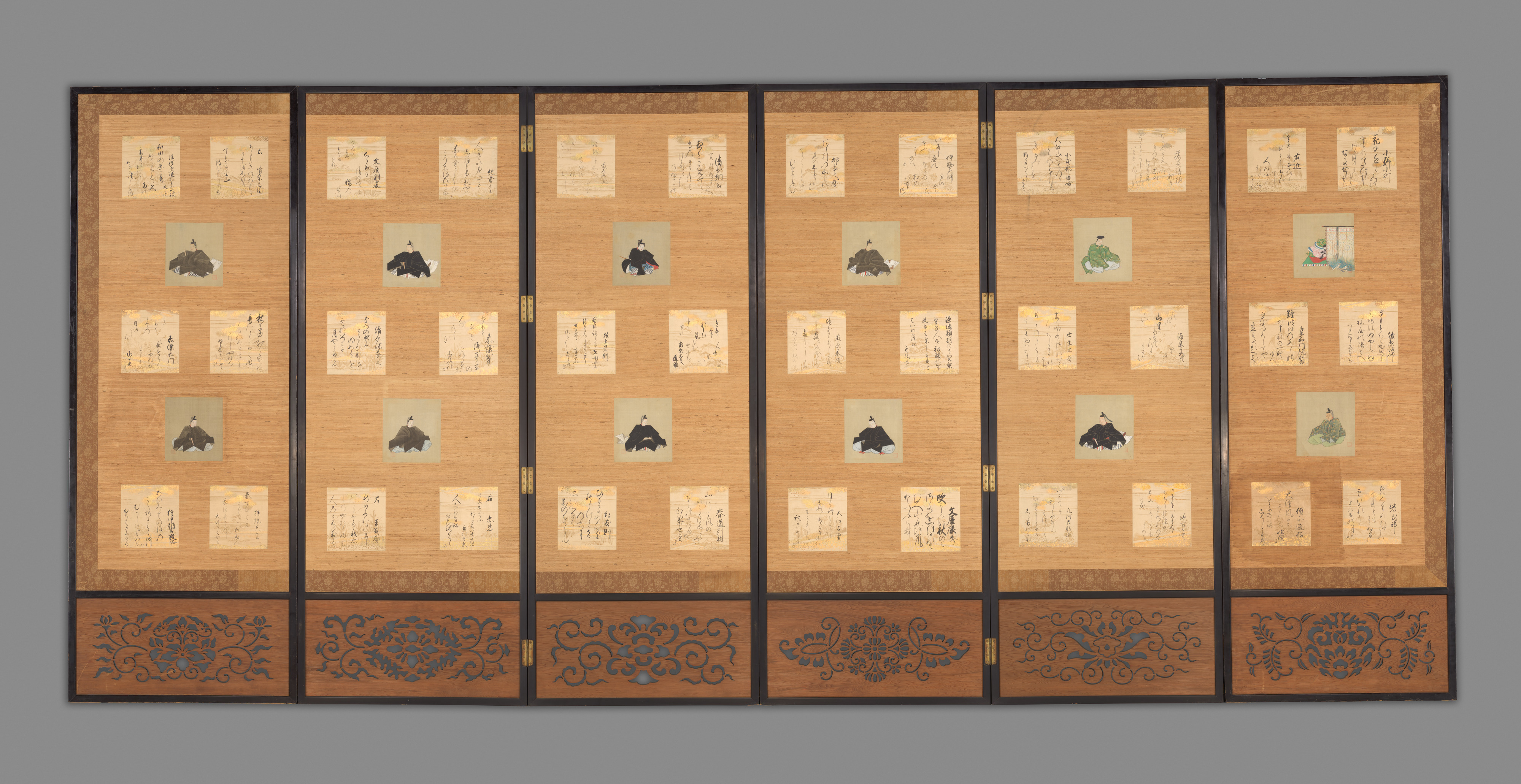Birds and Flowers
Kano Tan'yū Japanese
Kano Naonobu Japanese
Kiyohara Yukinobu Japanese
Not on view
The six paintings on silk bring together bird-and-flower paintings of the celebrated Edo Kano painter Tan’yū and two of his most talented pupils: his nephew Kano Naonobu and the female painter Kiyohara Yukinobu. The master painted the two central panels, Naonobu the ones immediately to the right and left of his teacher’s, and Yukinobu the outermost ones.
Tan’yū is credited with reviving the fortunes of the Kano studio, and moved from Kyoto to Edo (where the Tokugawa Shogunate was based) in 1614. Along with Tan’yū, Naonobu was considered one of the top Kano painters of the early Edo period. In 1630, he was summoned to Edo by the Shogun, and established the Kobikichō branch of the Kano studio. Yukinobu, perhaps the most talented female painter of the Edo period, is said to have been a daughter of Tan’yū’s niece and the celebrated painter Kusumi Morikage (ca. 1620–1690). Like her father, she reworked conventional themes from Muromachi ink painting in a personal manner.
Sometime in the late nineteenth or early twentieth century, the paintings were mounted together on the present screen, which features wood panels with ornate openwork carving.
Due to rights restrictions, this image cannot be enlarged, viewed at full screen, or downloaded.
This artwork is meant to be viewed from right to left. Scroll left to view more.



